Staying ahead means adopting the latest technological advancements in the medical industry. For healthcare professionals, integrating modern technology is not just about staying current; it’s about improving patient care, streamlining operations, and ensuring data security. This article will highlight key technological advancements your medical practice needs to thrive.
Electronic Health Records
Electronic health records (EHR) have revolutionized how medical offices manage patient data. Gone are the days of paper files and manual record-keeping. EHR systems allow for seamless data storage, retrieval, and sharing among healthcare providers. These systems save time and reduce the risk of errors.
Office-based physicians that use EHR systems improve patient care coordination. EHRs also facilitate better decision-making by providing comprehensive patient histories at your fingertips.
Telemedicine Platforms
Telemedicine platforms have become essential, especially in the wake of the pandemic. They enable healthcare providers to offer consultations remotely, expanding access to care for patients who may have mobility issues or live in remote areas.
By incorporating telemedicine into your practice, you can offer flexible appointment options, reduce no-shows, and provide continuous care. You can accomplish all this while utilizing virtual staffing support to manage the increased demand seamlessly.
Wearable Technology and Health Apps
Wearable technology and health apps are transforming how patients engage with their health. From tracking physical activity to monitoring chronic conditions, these tools empower patients to take an active role in their healthcare.
Patients are willing to use wearables prescribed by their physicians. By recommending reliable wearable devices and health apps, you can enhance patient compliance, gather real-time health data, and provide personalized care plans.
3D Printing in Medicine
3D printing technology offers custom medical solutions. This technology allows for precise customization, enhancing the fit and functionality of medical devices. By adopting 3D printing, your practice can provide innovative treatment options tailored to individual patient needs.
Cybersecurity Measures To Protect Patient Data
Cybersecurity measures are essential for protecting patient data. Implementing robust encryption, multi-factor authentication, and regular security audits can safeguard sensitive information from cyber threats.
A healthcare data breach can be incredibly costly for your practice. By prioritizing data security, you comply with regulations and build trust with your patients.
Integrating these technological advancements into your medical practice can significantly enhance patient care, streamline operations, and secure patient data. By staying informed and adopting these tools, you can ensure your practice remains competitive and provides the highest quality of care.
- How have EHRs transformed patient data management in medical practices, and what challenges might healthcare providers face when implementing these systems?
- In what ways has the rise of telemedicine platforms enhanced access to healthcare, and what strategies can be employed to ensure the quality of remote consultations is on par with in-person visits?
- How can wearable technology and health apps improve patient engagement and outcomes, and what considerations should healthcare providers keep in mind when recommending these tools to patients?
- Discuss the potential benefits and limitations of using 3D printing technology in medical practices. How can this technology be leveraged to customize patient care while managing costs?
- With increasing cyber threats, what are the most effective cybersecurity measures healthcare providers can implement to protect patient data, and how can these measures foster patient trust and compliance with regulations?


